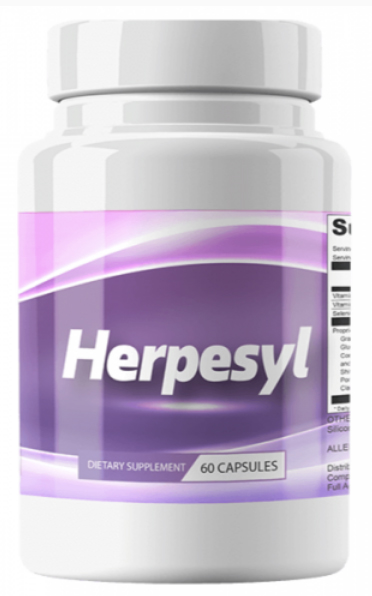Most people who have HSV don’t realize it. The most common symptom of an STI is no symptom at all. With genital herpes, symptoms can occur out of view in places like internally and around the cervix. Internal herpes outbreaks are hard to see but can still be treated. What can clue someone in? Read on.

About Internal Herpes Outbreaks
If an outbreak is ongoing but you can’t see it, where could it be? Possible outbreak sites are the cervix, vaginal walls, urethra, and vulva. Other less known outbreak sites are on the back or the anus.
Sometimes symptoms don’t occur for years. There are still ways to be cautious. Regular check-ups can help to lessen the chances of missing a herpes infection.
If visually obvious symptoms of herpes sometimes appear internally, it can delay diagnosis.
To diagnose an actual blister accurately, physicians must find and sample them within one to two days, so don’t wait. Visual diagnoses are simply not adequate.
Blood testing is also available to check for antibodies to HSV.
If you’re at a high risk, get tested. Please read our guide on the right time to get tested. Different STDs take certain amount of time after getting them to show up on a test result. The kinds of things that mean it’s time to get tested could be a change of sexual partners, getting or planning to become pregnant, or having new symptoms.
Symptoms to Watch Out For
Before a full outbreak occurs, many people go through prodromal herpes symptoms, or the signs that an outbreak is about to start.
- One may feel abdominal pressure, general aches and pains in the muscles, burning, tingling or itching sensations and general tenderness around the infected area.
- More acute symptoms lead to noticeable pain in the groin or along the inner thighs, painful urination and unusual or heavy vaginal discharge.
These various symptoms will often be preceded by more common, flu-like symptoms of infection. Swollen lymph nodes, fever, chills, fatigue, nausea and a general feeling of achiness in the entire body could mean you’ve contracted something more serious than the flu.
At other times, the symptoms of an internal herpes outbreak may appear as little more than common, everyday problems that may not be thought of as serious at all. Some of these include headaches, back pains, persistent tiredness or an inability to think clearly.
Possible Misdiagnosis
Be careful of misdiagnosis or of attempting to diagnose yourself. Since some women never experience an external outbreak at all, the symptoms can be confused with things like urinary tract infections, bladder dysfunction, yeast infections, inflammation of the cervix (cervicitis) and pelvic inflammatory disease. Get proper treatment.
Getting Tested
Any unusual signs should be inspected by a physician simply for the sake of maintaining good health.
Herpes tests need 4-6 weeks from contact for it to show up on a test accurately. That’s the “incubation period.”
If you are experiencing symptoms, you can have a doctor examine the area or do a blood test whether you are currently having symptoms or not.
Testing Online
- Same-Day Lab Tests: You can order online and stop by a lab near you. Nothing will show up on your or your family’s insurance. Since we’re an affiliate of STDcheck, you can use this link to have our coupon automatically applied.
- Mail-In Test Kit: Nowadays, services like myLAB box will even send you a mail-in test kit so you can test yourself at home. Pick one of their test kits here.
Possible Risks
Lack of treatment can lead to complications in the long-term. That includes unnecessary pain and transmitting the infection to partners. Early detection is key.
Self-diagnosing and self-treatment are not options. Even visual diagnosis is often incorrect. Get lab tests if you suspect you have an STI that needs treatment.








